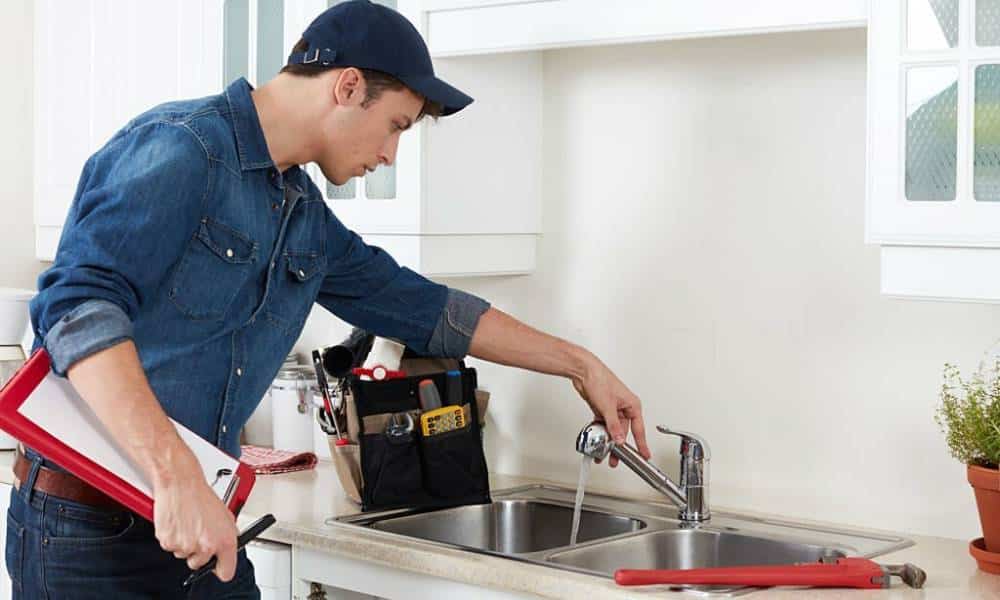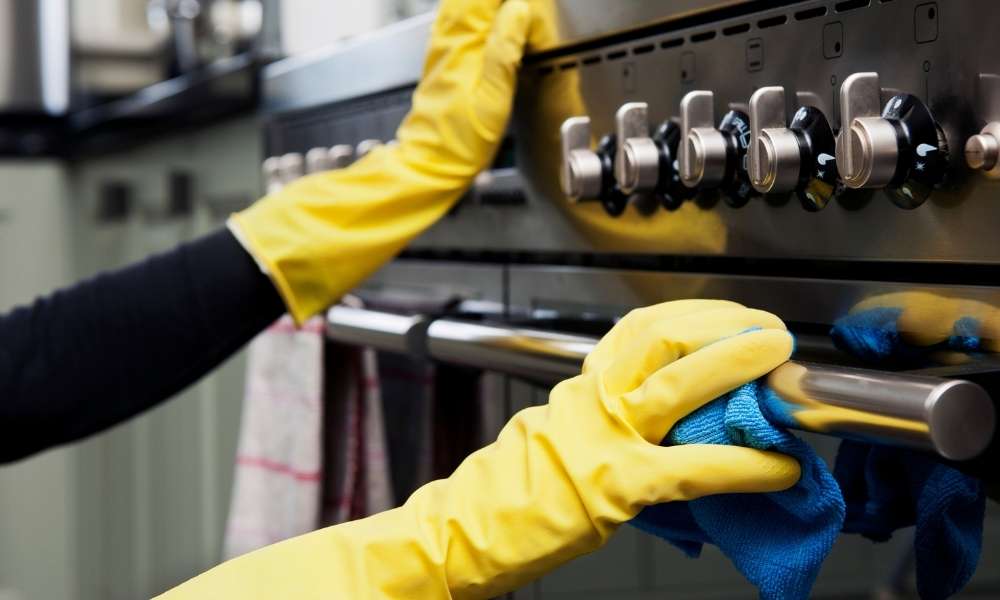Are you tired Of standing in front Of your kitchen sink, Waiting endlessly For the water To flow at A decent speed? Low water pressure can Be incredibly frustrating, Especially when you’re trying To wash dishes Or fill up A pot. But fear not, Because, In this article, We will show you some simple yet effective ways To Fix Low Water Pressure In Kitchen Sink. From checking the aerator To inspecting the pipes, We’ve got you covered with these easy To follow steps that will have your kitchen sink flowing like A waterfall in no time
What Is Normal Water Pressure?

Normal water pressure in A residential setting Is typically around 45 To 80 pounds per square inch (psi). This range provides An ideal balance For various household activities such As showering, Doing dishes, And watering the garden. When it falls within this range, It ensures that you have A steady And consistent flow from your faucets And showerheads.
Reasons Leading To Low Kitchen Water Pressure
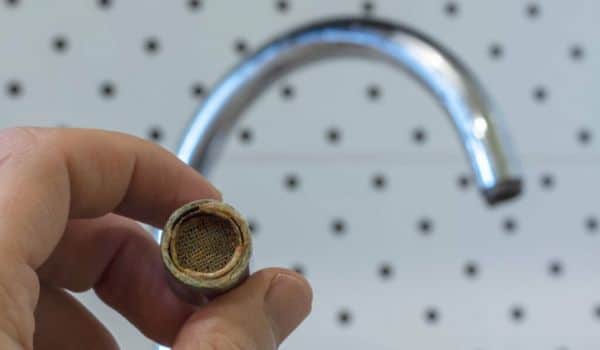
There are several common reasons why you might Be experiencing reduced pressure in your kitchen. One frequent culprit Is mineral buildup Or sediment accumulation in the pipes And faucet aerator. Over time, Minerals like calcium And magnesium Can accumulate And restrict the flow, Leading To lower pressure.
Additionally, Hidden leaks Or damaged pipes Can also Be responsible For the problem. In some cases, Issues with the municipal supply or A malfunctioning pressure regulator Can affect your kitchen. Identifying the root cause Is the first step towards resolving the issue And enjoying A steady flow in your kitchen once again.
01. Check The Aerator
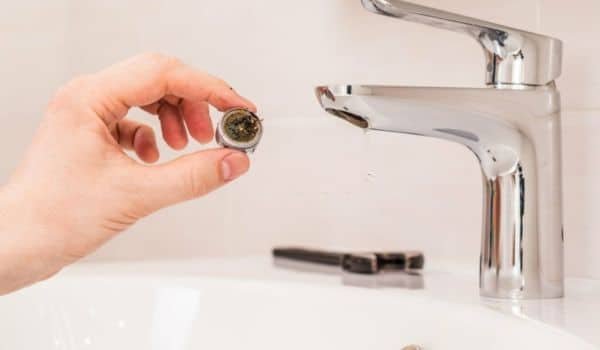
The aerator is A small, Often overlooked component located At the tip Of the faucet. It’s designed To mix air with the water, Helping to reduce splashing And conserve. However, it can also become clogged With debris over time, Which restricts flow And reduces pressure. To inspect the aerator, Simply unscrew it from the faucet And visually inspect it For any debris Or mineral buildup. If you notice any blockages, Gently clean the aerator With a brush And vinegar To remove the deposits. Once it’s clean, Reattach the aerator To the faucet and test the pressure.
02. Clogged Cartridge

Another potential culprit behind low pressure in your kitchen sink is A clogged cartridge in the faucet. The cartridge is A crucial component responsible For controlling the flow And temperature Of the water. Over time, Sediment, mineral deposits, Or debris can accumulate in the cartridge, Leading to reduced.
If you suspect that A clogged cartridge Is an issue, You can typically access it by disassembling the faucet handle. Once you’ve reached the cartridge, Carefully remove it And inspect For any obstructions Or buildup.
03. Faulty Faucet
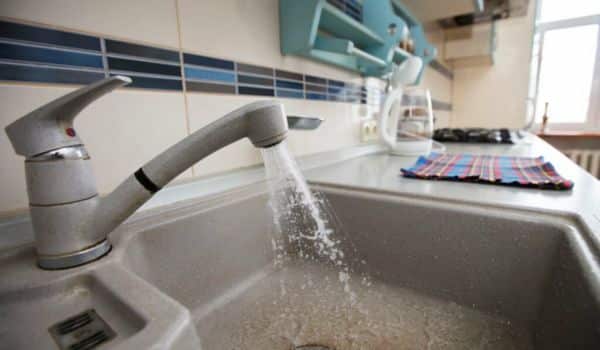
Faucets undergo wear And tear over time, Potentially leading To decreased influence. It’s essential To visually inspect your faucet For visible signs of damage, Corrosion, Leaks, Rust, Or lost components. If any of these problems Are apparent, It could be An appropriate time To consider replacing the faucet entirely. Installing A new, High-quality faucet can effectively resolve the low-water pressure problem
04. Clogged Water Supply Lines
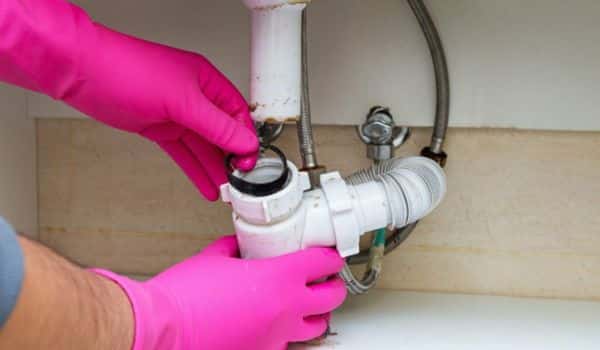
Turn off the water supply To your sink, disconnect the lines, And carefully examine them For any obstructions. If you discover any clogs Or buildup, You can flush the lines with clean Or replace them if they Are severely compromised. Clearing clogged supply lines is A fundamental step in restoring optimal influence in your kitchen
05. A Leaky Pipe
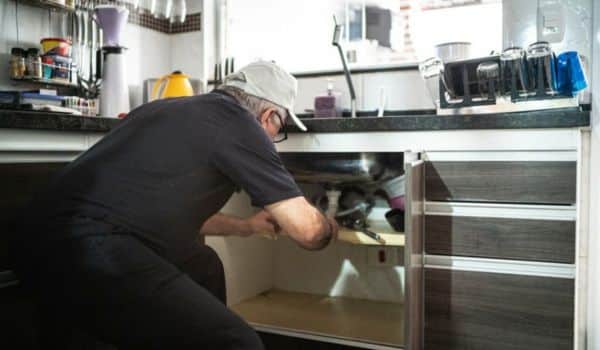
Pipe leaks cause water To be diverted away from its intended path And lead To reduced faucet pressure. They may result from corrosion, Damage, Or simply wear And tear over time To identify this problem inspect your sink’s pipes for signs Of leakage such As damp spots. Rust Or stains indicating possible leaks. Addressing them quickly not only improves this But can prevent potential damage costs As well. Depending on its severity, You may need To use sealant patches, Or in more serious instances, You may have To replace An entire section altogether.
06. Pressure Reducing Valve Problems
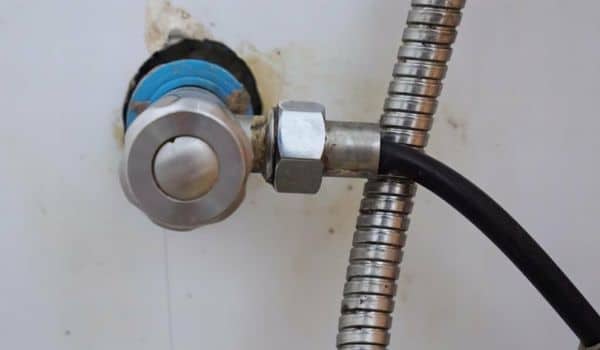
Pressure-reducing valve (PRV) problems can be A significant source Of water influence in your plumbing system. However, Over time, These valves can malfunction Or become clogged with debris, Which can disrupt the ideal influence balance. If you suspect PRV issues, It’s essential To have A professional plumber inspect and, If necessary, repair Or replace the valve. A properly functioning PRV Is vital not only For pressure but also To protect your plumbing system And appliances from excessive pressure that can lead To damage over time.
07. Flush The Water Heater
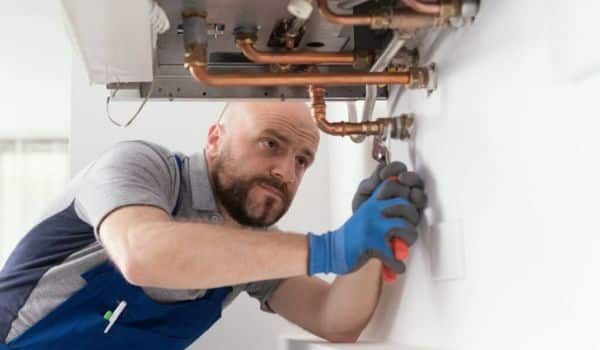
Over time, Sediment and minerals may accumulate At the bottom Of your water heater tank, Diminishing its efficiency As well As influencing it. Flushing your heater involves draining out its contents To remove this buildup So that your heater can operate To its maximum potential. At first, flushing your heater regularly may seem daunting, But homeowners can easily manage it, And plumbers Can professionally handle it As well.
08. Adjusting The Water Supply Valve

This valve, Often found beneath the sink Or along the supply line, Controls the flow Of water To your faucet. Sometimes, It can Be unintentionally turned down Or partially closed, causing a decrease in influence. To remedy this, Locate the supply valve And gently turn it counterclockwise To fully open it. This adjustment typically allows more flow, Restoring the strength And consistency you need For daily kitchen tasks.
09. Replacing The Pressure Regulator
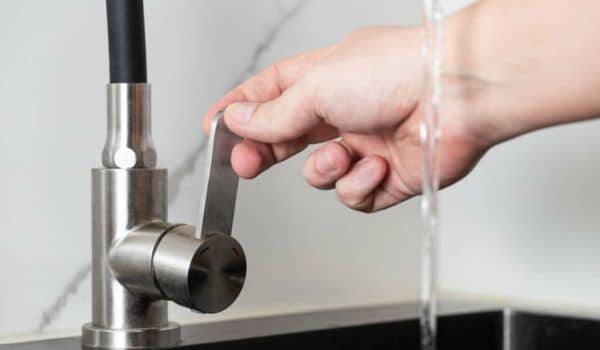
This essential component, Typically located where your main water line enters your home, Is Responsible For Maintaining And regulating the influence throughout your plumbing system. Over time, These regulators can become faulty Or wear out, Leading to A drop in. Replacing the pressure regulator involves some complexity And is usually best handled by A professional plumber.
10. If Hot Water Pressure Low In Kitchen Sink
This problem Can have several contributing factors. And one common culprit is A partially closed Or malfunctioning hot water valve. Check the hot water supply valve beneath the sink Or near the heater And ensure it is fully open. Sometimes, Mineral deposits can accumulate in the hotline Or the faucet, Restricting the flow. Regular maintenance, Such as flushing your heater And cleaning the faucet aerator, Can help address these issues. In more severe cases, Sediment buildup in the heater Can impact hot water.
11. When Should I Call A Professional

Calling a professional To address water influence in your kitchen sink is A wise decision in certain situations. Many common causes can Be resolved with DIY efforts. There are instances when expert intervention Is necessary. If you’ve tried adjusting the supply valve, Cleaning the aerator, Or inspecting For leaks without success, It may be time to call a professional plumber.
Additionally, If you suspect issues with the pressure regulator, Clogged supply lines, Or a malfunctioning water heater, It’s best To seek professional assistance. A trained plumber Can accurately diagnose the problem, Implement the right solutions, And restore your kitchen sink’s pressure To its optimal level.
Conclusion
Resolving low water pressure in your kitchen sink Is Crucial For daily convenience. Through simple steps like cleaning the aerator, Adjusting the supply valve, And regular maintenance, You can often alleviate the issue independently. However, When faced with more complex problems, Such as influencing regulator malfunctions Or extensive clogs, Seeking professional help is essential. The key lies in recognizing when expert intervention Is necessary. By balancing DIY efforts with professional assistance, You can restore optimal influence, Ensuring a smoothly functioning kitchen sink For all your culinary And cleaning needs.
Faqs
How Can I Tell If My Pressure Is Low In The Kitchen Sink?
You can easily identify the low in your kitchen sink By several signs. The water flow may appear weak Or lack force when you turn On the faucet. Additionally, If it takes longer To fill containers Or if the flow is noticeably less than in other faucets in your home,
How Often Should I Clean The Aerator To Prevent Low Pressure?
The Frequency Of cleaning the aerator To prevent low depends On your water quality. In areas with hard Or high mineral content, It’s advisable To clean the aerator every three To six months. However, In areas with better quality, An annual cleaning should suffice. Regular maintenance can help maintain optimal.
Is Low Pressure In The Kitchen Sink A Common Problem In Older Homes?
Yes. Over time, Sediment, mineral deposits, And pipe corrosion can accumulate, Leading to reduced pressure. It’s often one Of the plumbing challenges that older homes may face.

